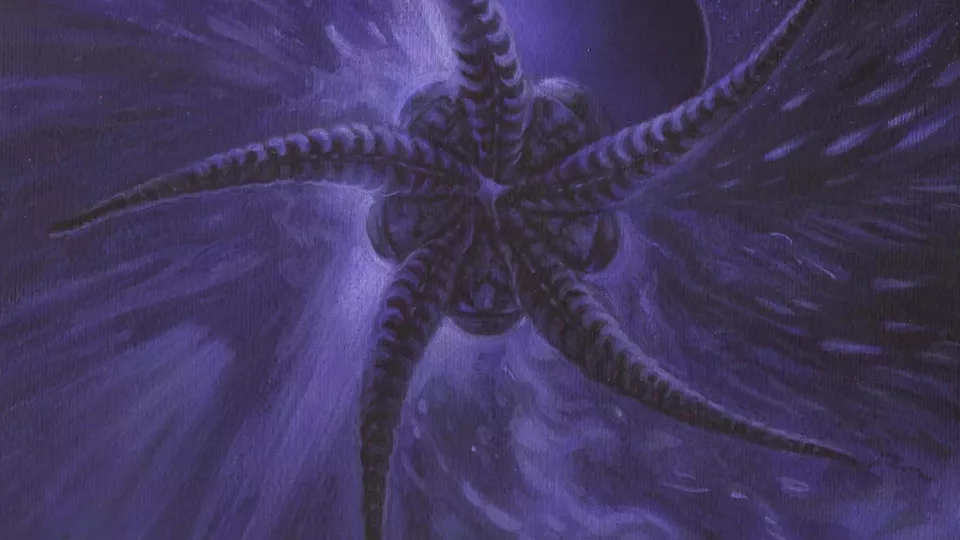Present-day biodiversity is the result of millions of years of evolutionary change. Although we can trace back in time most of the major organismal groups using fossils, the very origin of these clades is generally deemed impossible to grasp, hampering our understanding of what drives evolutionary innovations. An international team of paleontologists, including Mats Eriksson and Johan Lindgren, recently discovered 428-million-year old fossils from Sweden that precisely pinpoint the origin of the living brittle stars – a major group of marine invertebrates related to the starfish – to a single pair of temporally consecutive species. This challenges textbook knowledge that last common ancestors of major groups are impossible to find in the fossil record.
The paper is published in Nature’s Communications Biology. https://www.nature.com/commsbio/


